Australia-born Skye Gyngell is one of Britain’s most acclaimed chefs. Renowned for her seasonal, elegant, and resourceful cooking, Gyngell is something of a maverick.
Formerly Head Chef at Petersham Nurseries (which, under her helm, would go on to win a Michelin Star), Gyngell opened her own restaurant, Spring, at Somerset House in 2014. Five years later, Spring would become the first single-use plastic free restaurant in London.
In addition to her Spring posting, in 2018, Gyngell was appointed Culinary Director of Heckfield Place in Hampshire – a title she still holds. As if she didn’t have enough on her proverbial plate, this year Gyngell launched Spring-to-Go – a suave neighbourhood deli in Notting Hill. On display at the pistachio- and periwinkle-hued outpost you’ll find produce from Fern Verrow and Heckfield Home Farm, as well as natural skincare from Wildsmith, and sweet arrangements from florist Kitten Grayson.
We sat down with Gyngell to discuss food waste, shopping local, and discovered her go-to, post-work supper.
How did you first get into cooking?
I first got into cooking by accident. I got a job washing up in a kitchen the year I finished school. I loved being in the kitchen from the very first day and was lucky enough to be mentored by a very nurturing and beautiful woman who owned the restaurant.
What are some of your childhood food memories?
My first childhood food memories are of eating lunch at my grandparents’ house on Sunday afternoons. We would spend the mornings gardening with my grandfather, which mostly entailed collecting snails. My grandmother would cook roast lamb with roasted pumpkin. We would finish with pavlova slathered in passionfruit that grew in their back garden.
Who most influenced your cooking?
I’ve been inspired by so many people over the years. Layla Sorfie who first encouraged me to cook was probably my greatest influence – I was beginning a law degree when I met her – but she suggested I get into cooking and I have never looked back. I have also been incredibly inspired by the work of Alice Waters, Darina Allen, and Maggie Beer – all women who not only cook beautifully but care about the farmers, land, and environment.
View this post on Instagram
The food that makes you happiest and why?
I love comfort food. Anything slow-cooked; food that you can drag your bread through.
Favourite cooking gadget?
Either a wooden spoon or a pestle and mortar. I love the connection you feel to the food when you see simple and time-honoured equipment.
Favourite cookbook?
Can’t say just one. Chez Panisse Fruit by Alice Waters. The Zuni Cafe Cookbook by Judy Rogers. Richard Olney’s Simple French Food.
What’s the one ingredient you can’t live without?
Extra virgin olive oil, salt, and lemons.
Why is eating seasonally and the provenance so important to you?
Because I think food grown in good clean soil, close to home tastes better, is better for you, and is incredibly important for the health of the environment.
You created a ‘scratch menu’ as a way to combat food waste at your restaurant, Spring. How does the ‘scratch menu’ work and what sparked the idea?
The ‘scratch menu’ came about because we work very closely with a biodynamic farm called Fern Verrow. We wanted to make use of all the gluts and other parts of the fruits and vegetables that we don’t classically use in cooking. We decided to challenge ourselves to eradicate waste in our kitchen. It’s also a really nice way to highlight the huge issue of food waste, which is a result of the industrialised food system.
In 2019, Spring became the first single-use plastic free restaurant in London. What advice do you have for other kitchens hoping to follow suit?
We decided to go single-use plastic free at the end of 2018 – I had gone to a talk that was given by Sian Sutherland who created A Plastic Planet. I was shocked and horrified by what I had heard and felt that we had to somehow become part of the solution rather than perpetuating the problem. We started slowly, eliminating one item at a time, sourcing alternative solutions and then moving on to another item. I would urge restaurants not to throw the baby out with the bath water! Because I think that would feel very overwhelming and they may be tempered to give up. It’s very doable in stages.
Where are the best places to shop for produce in London?
I find the most inspiration from Farmers Markets; it’s so nice to be able to speak to the people who actually grow your food.
How does travel influence your cooking?
I’m always inspired by travelling – I love learning how other cultures eat! It’s very rare that I don’t come back from a country and spend the next couple of months trying to reproduce the exciting new things I have tasted.
Must-visit food cities include…
Catania in Sicily, Galle, Sydney, Istanbul.
Photography by Emli Bendixen
How do your surrounds influence your dining/ cooking experience?
I think the food is one element of a beautiful, memorable meal – the environment is incredibly important as is the people you eat with.
What is your go-to meal at home when you’re low on time?
Sourdough bread and good cheese. I rarely feel like cooking when I’m at home – I’ve tasted, discussed, and cooked food all day. I want to eat something that is delicious but that I don’t need to think about too much.
Do you find cooking therapeutic?
I find cooking incredibly therapeutic, especially when I’m home alone on a Sunday. I’ll put the music on and cook things slowly, and really enjoy just being in the moment.
Where are your favourite places to dine in London?
Lyles, River Cafe, Quo Vadis, Maltby Street, China Town.
Advice for women thinking about starting up a business in the food or restaurant industry?
I sometimes get frustrated when people ask me about being a woman in the food industry – I’d give the same advice to everyone. Learn your craft so that you feel strong and knowledgeable. Work hard, find the restaurants that suit you, and don’t be in too much of a hurry to own something. There are many more things involved than just cooking when you own a restaurant and it’s lovely to just concentrate on cooking for as long as possible.
Courgettes with Tarragon
INGREDIENTS:
12 x small, firm courgettes
3 x tablespoons of extra-virgin olive oil
40g unsalted butter
2 x cloves of garlic peeled and crushed
5 x tarragon sprigs (leaves only) chopped
1 x teaspoon of dried red chilli
Sea salt
METHOD
Trim the courgettes and slice them into fine rounds approx 3mm thick.
Place a large, heavy-based pan over a medium heat and add the olive oil and butter. Once the butter has melted, add the courgettes and stir well to coat the slices in the melted butter and oil. Add the crushed garlic, the dried chilli, and a good pinch of salt.
Now, turn down the heat to its lowest possible setting and place a lid on the pan. Cook for 40 mins, stirring every now and then to ensure the courgettes don’t stick or brown on the base. As the courgettes cook they will soften and their flavour will deepen and take on a lovely garlicky aroma. When the courgettes are cooked they will almost have the consistency of jam. Remove from the heat and add the chopped tarragon, adjust seasoning, adding a little more salt if necessary.
PLATING
Really delicious served with either fish, lamb, or roast chicken.




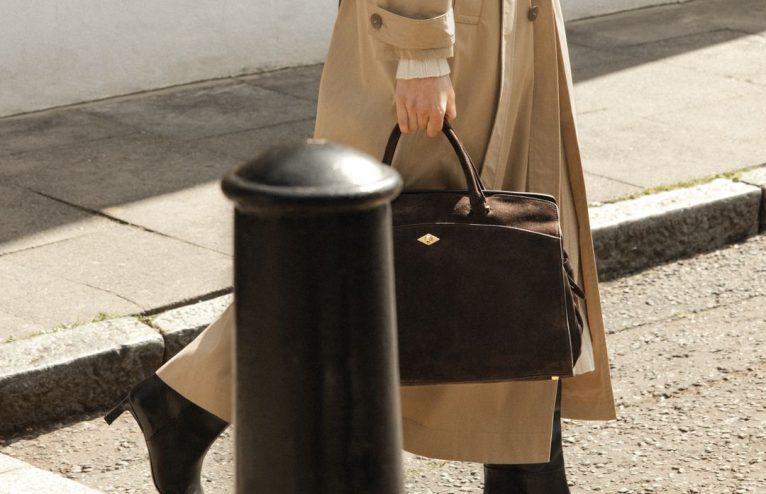


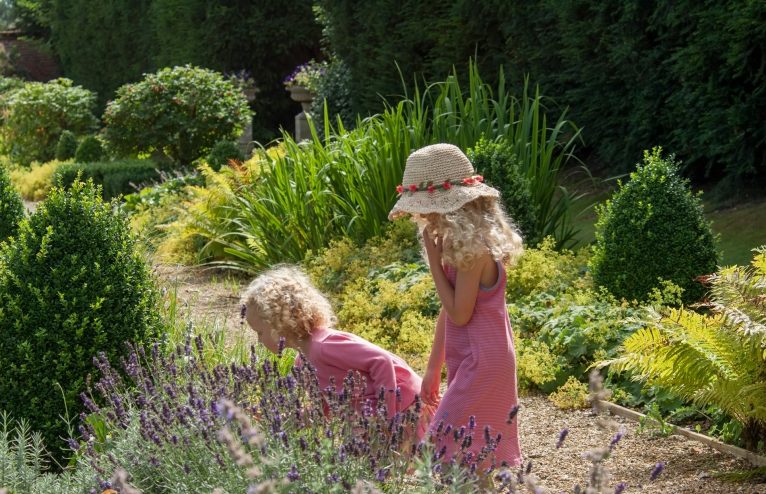






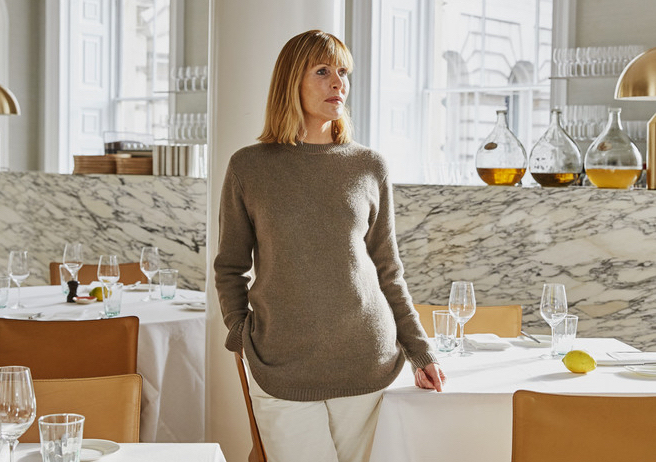
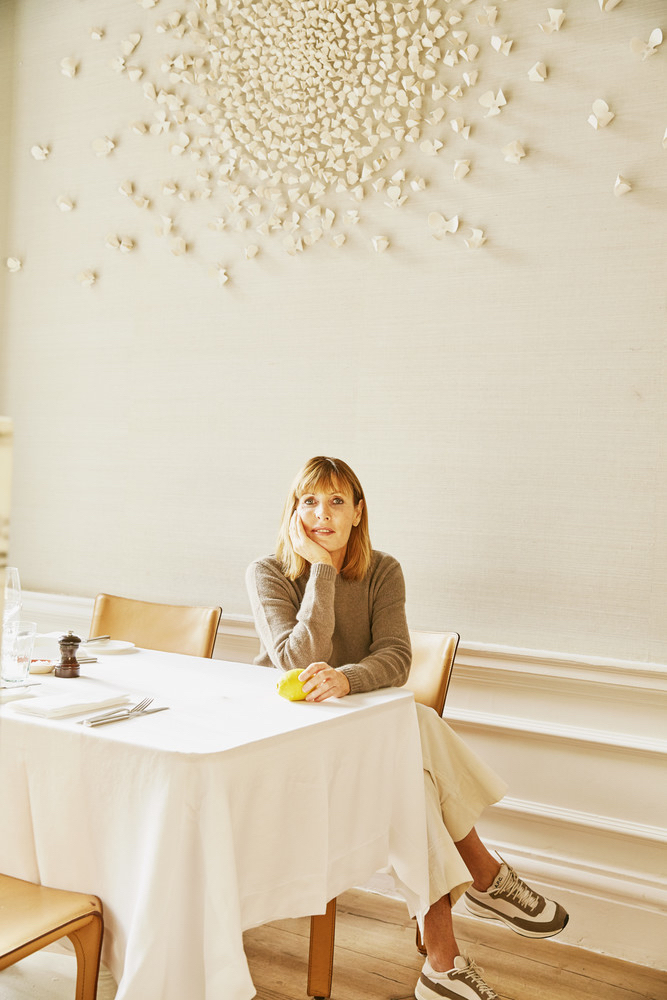
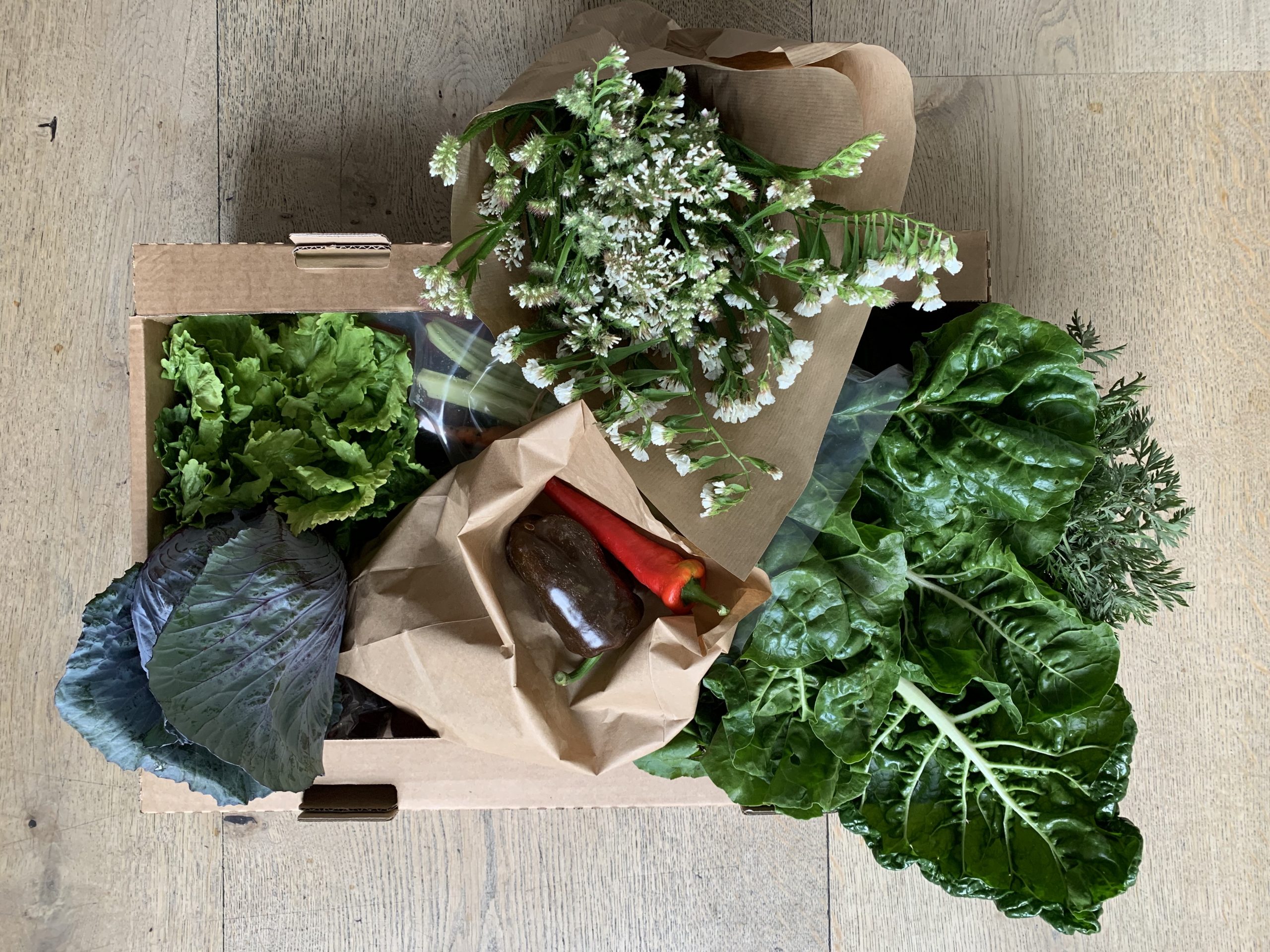

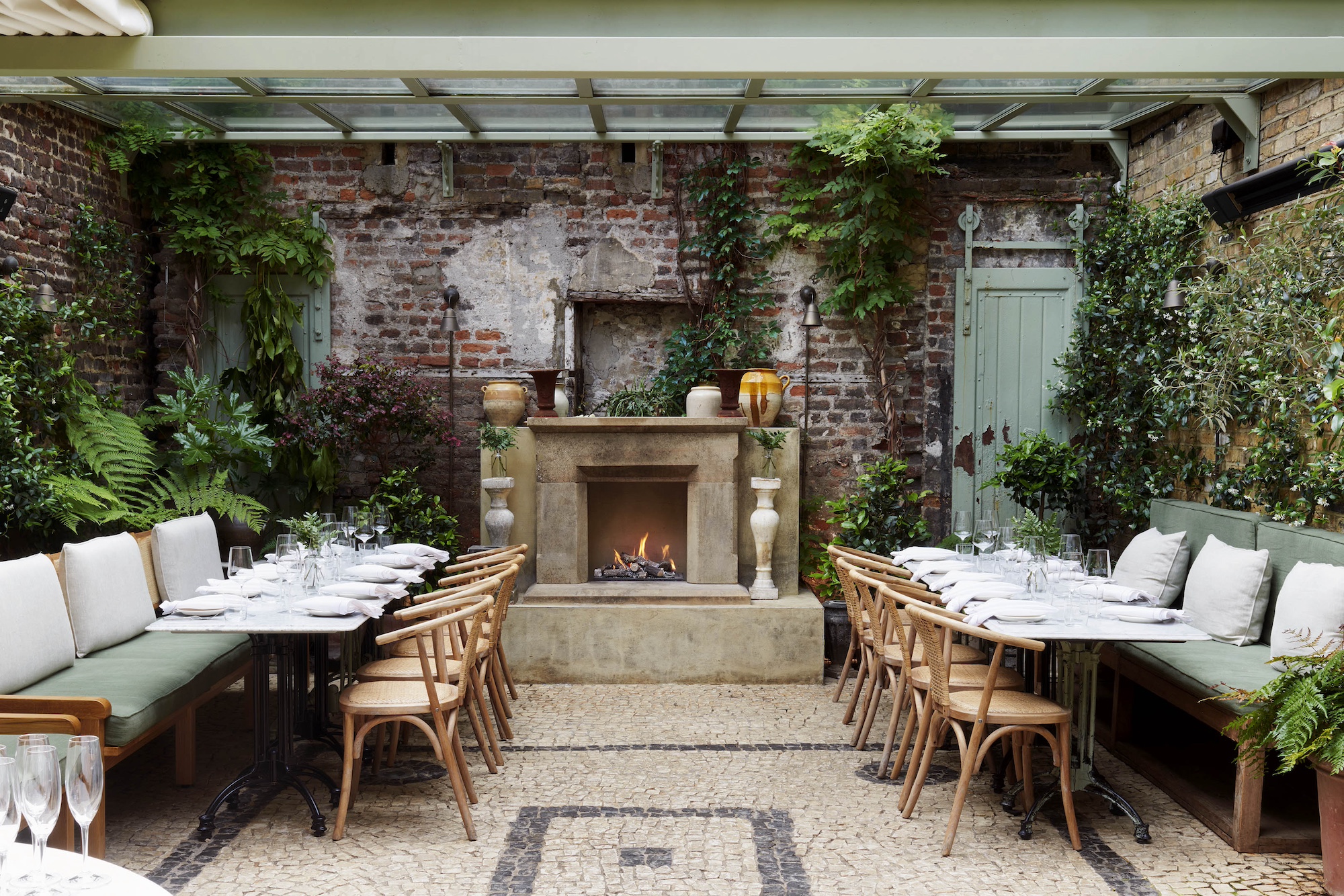


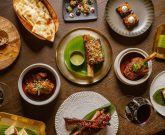
Any Questions or Tips to add?